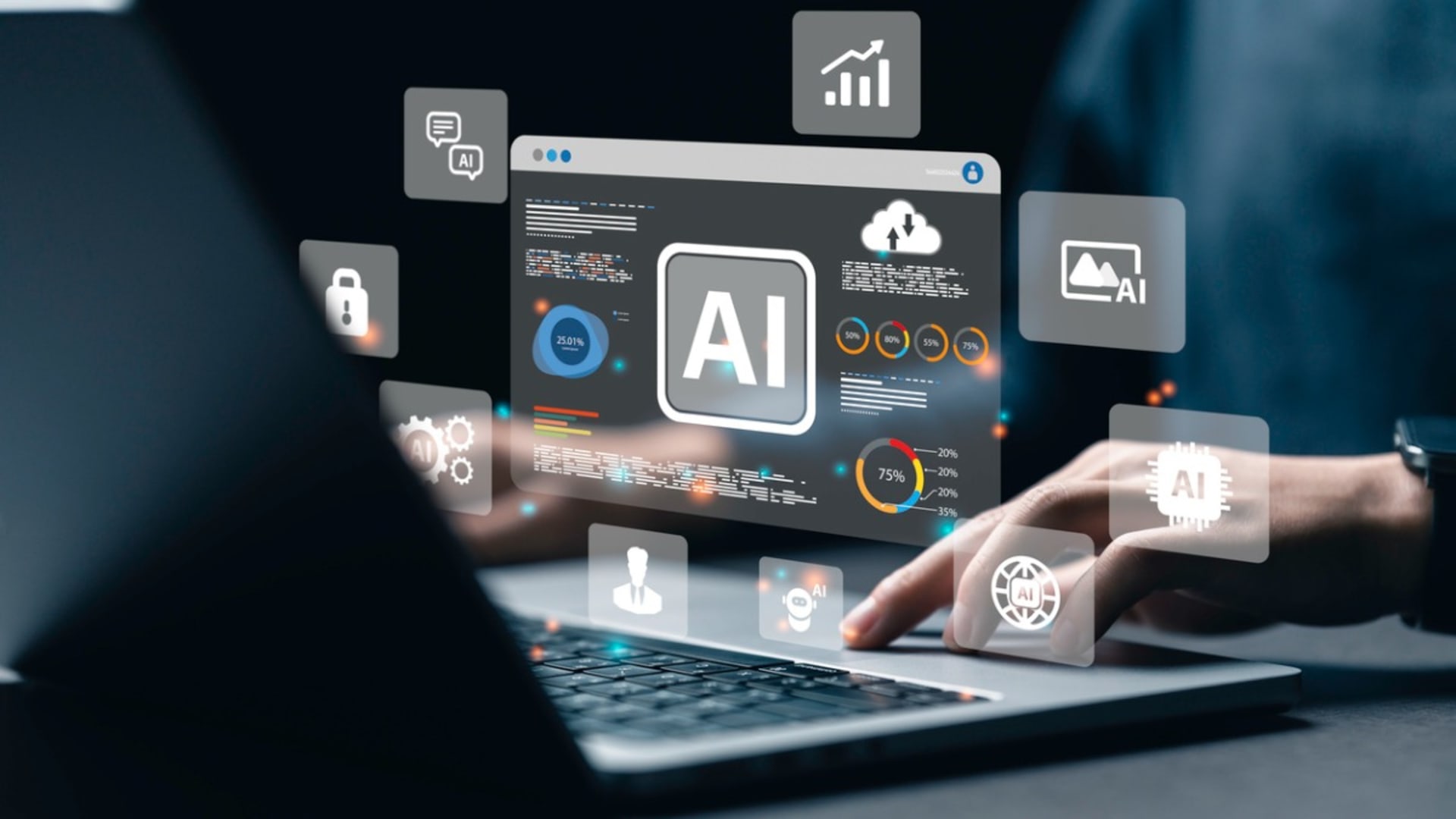

The tools you use to build artificial intelligence are more important than ever as the field progresses from theory to practice. Model performance, scalability, deployment speed, and team productivity are all influenced by the appropriate framework, which shapes your codebase as well. There is no one “best” AI framework, whether you’re building a simple classifier or a large-scale generative model. Each one has its own advantages, disadvantages, and ideal applications. Our guiding principle at Pixelfield is straightforward: the AI framework that best fits your project’s objectives, complexity, and available resources is the best. What is a framework for AI? A software library or platform with pre-built components and tools for designing, training, and deploying machine learning models is known as an AI framework. These frameworks simplify everything from data processing and model architecture to distributed training and serving predictions at scale.
The speed and efficiency with which your team builds can also be impacted by the right AI framework. Whether you’re scaling predictive models or automating complex tasks, AI-powered tools for enterprise efficiency help streamline innovation and speed up delivery cycles without compromising performance.
TensorFlow
TensorFlow, developed by Google, is one of the most widely used open-source deep learning frameworks. Strengths:
strong support for deployment at the production scale, particularly with TensorFlow Serving and TensorFlow Lite compatible with JavaScript, C++, and Python supported by an extensive collection of tools, such as TensorBoard (for visualization) and TFX (for complete ML pipelines) Excellent GPU and TPU support Best for:
Applications designed for businesses Deployment across platforms (cloud, mobile, and web) Teams already working within Google’s cloud ecosystem
TensorFlow can be overkill for small projects, but it’s ideal for businesses planning to scale.
In practice, an example is Airbnb’s use of pipelines for anomaly detection and pricing prediction in real time.
PyTorc
PyTorch, developed by Meta (Facebook), is quickly becoming the preferred framework for transparent teams, research, and prototyping. Strengths:
More “Pythonic” and intuitive than TensorFlow
Dynamic computation graph, which makes debugging and experimentation easier
Strong academic and community support seamless integration with cutting-edge ML libraries like Hugging Face Ideal for: Projects with a lot of research and rapid prototyping Teams that emphasize adaptability and interpretability Use cases where it is important to iterate quickly. With the rise of TorchServe and ONNX, PyTorch has also seen a rise in use in production settings. Practical illustration: OpenAI and Meta extensively utilize it for foundational model research. JAX
Google Research’s newest framework, JAX, focuses on function transformations like automatic differentiation and vectorization for high-performance numerical computing. Strengths:
Blazingly fast for large-scale model training
Composable, functional approach well-suited for complex or custom architectures
Used by leading AI research labs for state-of-the-art model development
Best for:
Teams with advanced knowledge of ML engineering Projects in which performance is absolutely necessary (such as large language models) Anyone who is familiar with the concepts of functional programming JAX isn’t beginner-friendly – but it offers extreme power in the right hands.
Practical illustration: DeepMind uses it in high-performance projects like AlphaFold. Keras
Keras started as an independent high-level API and now runs on top of TensorFlow. It’s designed for simplicity and ease of use, making it ideal for entry-level ML projects or rapid validation.
Strengths:
Simple to comprehend and apply Good for prototyping
Access to the capabilities of TensorFlow without having to write low-level code Ideal for: Initial stages of development simple neural networks or MVPs Teams with less expertise in ML-specific engineering Keras is ideal when speed and simplicity matter more than fine-tuned control.
Example in practice: Popular in early-stage startup POCs and educational tools.
Other Choices The majority of AI workflows use the aforementioned frameworks, but depending on the situation, there are a few others that are worth noting: Scikit-learn is best for traditional machine learning algorithms like decision trees and SVMs. Great for structured data.
MXNet: Backed by AWS. Designed for scalability and performance, though less widely adopted now.
ONNX: A format for interoperability – not a framework itself, but useful for deploying models trained in different environments.
How to Choose the Right Framework
As previously stated, there is no one-size-fits-all solution. The framework that works best for your team, your objectives, and your constraints is the best one. To make the right choice, consider:
Scale of the project: Are you developing an internal tool, an MVP, or a product that millions of people use? Team skills: Do you need a control with fine-grained controls or a low-code solution? Path to deployment: Will your models run on mobile devices, in a browser, or in a cloud with high performance? Community and documentation: Well-supported frameworks mean faster onboarding and easier troubleshooting.
Compatibility: Will your framework play nicely with other tools in your stack?
Startup Tip: Start with PyTorch or Keras for fast iteration. Migrate to TensorFlow or JAX later if you scale.
Enterprise Tip: Choose frameworks with robust deployment and long-term support. TensorFlow and ONNX are safer for mature pipelines.
Common Mistake: Don’t choose based on popularity alone. Your deployment path and skillset should drive the decision — not GitHub stars.
Another Pitfall: Avoid mixing frameworks early on. Simplicity improves maintainability and speed of iteration.
We often see businesses get stuck trying to bend their problem to fit a framework. It should be the other way around – your framework should fit your workflow.
Last Thoughts AI frameworks are evolving quickly, and what worked two years ago may now be outdated – or unnecessarily complex. And with so many moving parts in any machine learning system, architectural decisions need to be made with both present and future use in mind.
Whether you’re exploring AI for the first time or scaling an existing product, our team at Pixelfield can help you assess your options and select a solution that balances performance with practicality.

